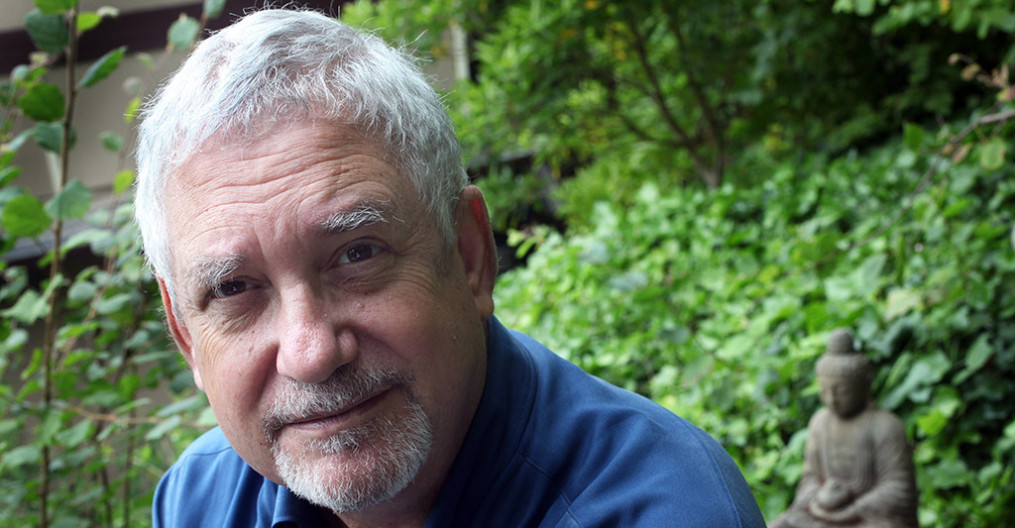We are all so fragile. We are, first of all, so fragile physically. When we are born, we can’t even feed ourselves or survive without continuous attention. And throughout our lives there are so many things that can go wrong, but mostly do not. It is actually amazing that the incredible intricacy of body and mind … Read More
Mindfulness of Aging
Mindfulness of Aging Part 3
I often say, paraphrasing my own teacher, that the purpose of Buddhist meditation is not to be calm, but to be real. Being real doesn’t exclude being calm, if that is what is happening. But being real is not some particular state of mind; it is the mind in accord with the actuality of things—“real thinking”, as Suzuki Roshi would say.
I think the notion that we are “supposed” to be calm is a common misunderstanding, and a cause for discouragement, among meditators. “I’ve been meditating for X years, and I still can’t calm my mind!” This may be a … Read More
Mindfulness of Aging Part I
In this post I’d like to explore the practice of “Mindfulness of Aging.” Mindfulness is one of the basic practices in Buddhism, but the precise reasons why it is effective (particularly in chronic pain management) are not yet well understood. Mindfulness is sometimes characterized in Buddhist texts as “bare noting,” and is often coupled with a word or phrase, such as, “Now I have a long breath.”
Mindfulness, in common parlance, is “noticing what is going on,” particularly about an internal mental, emotional or physical state. It is basic awareness, or wakefulness, as opposed to unconscious, or automatic, or (as … Read More
